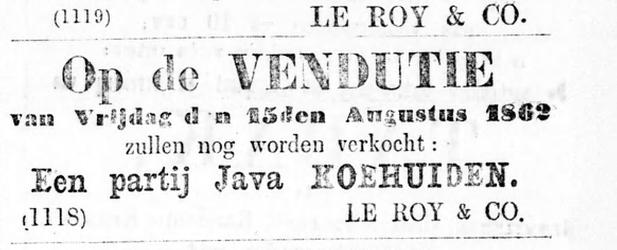View Metadata Map
Usage Notes
When microfilming or digitising, many collections rely on bound volumes of many newspaper issues, as the volume format better preserves them. For the British Library collections, in those cases where volumes that were tightly bound, they were partially disbound and then shrink-wrapped and returned to the shelves in a partially bound condition for microfilming. For Trove, some state libraries have used formerly bound copies of newspapers, in order to get the best quality for digitisation. The State Library of South Australia disbinds its copies when microfilming, as does the Library of Victoria, or they loosen the bindings during the microfilming process in order to better capture text near the margins. Other digitisers indicate that they do not usually disband, as it is not usually possible to rebind them, and this threatens the physical object. In those cases, the pages can be harder to read as the binding interferes with the scanning process. Owing to policies attached to federal funding for microfilming in the United States, many of the physical collections were damaged during disbinding for the microfilming process and were not preserved after filming.
Examples:

Example of ‘set through’ in De Oostpost, 14 August 1862: 1. Delpher.
“Other examples of problems the OCR will have to overcome include; problems with ‘set through’, (able to see the printing on the reverse of the page through the paper), often due to poor quality paper, heavy inking or a combination of the two. Also there are printers’ errors, due to paper slippage or creased/folded paper causing breaks in the font during printing.” [Ed King, 63]
“The most brittle papers encountered were from 1860 onwards which typically used poorer quality wood pulp paper which is identifiable by its orange brown tinge.” [Shaw, 13]